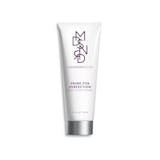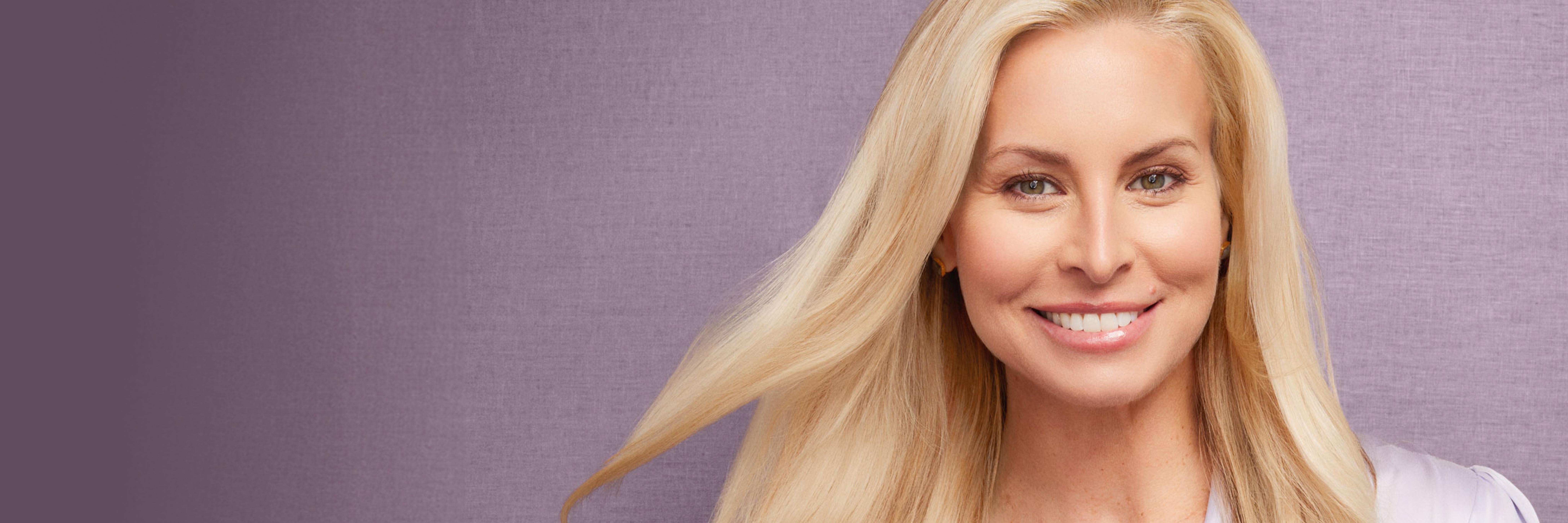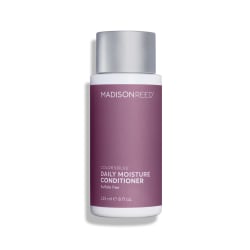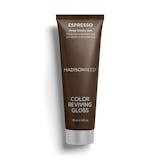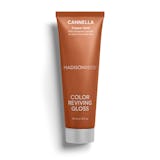Madison Reed | July 09, 2021
How to Dye Your Hair and Keep it Looking Healthy
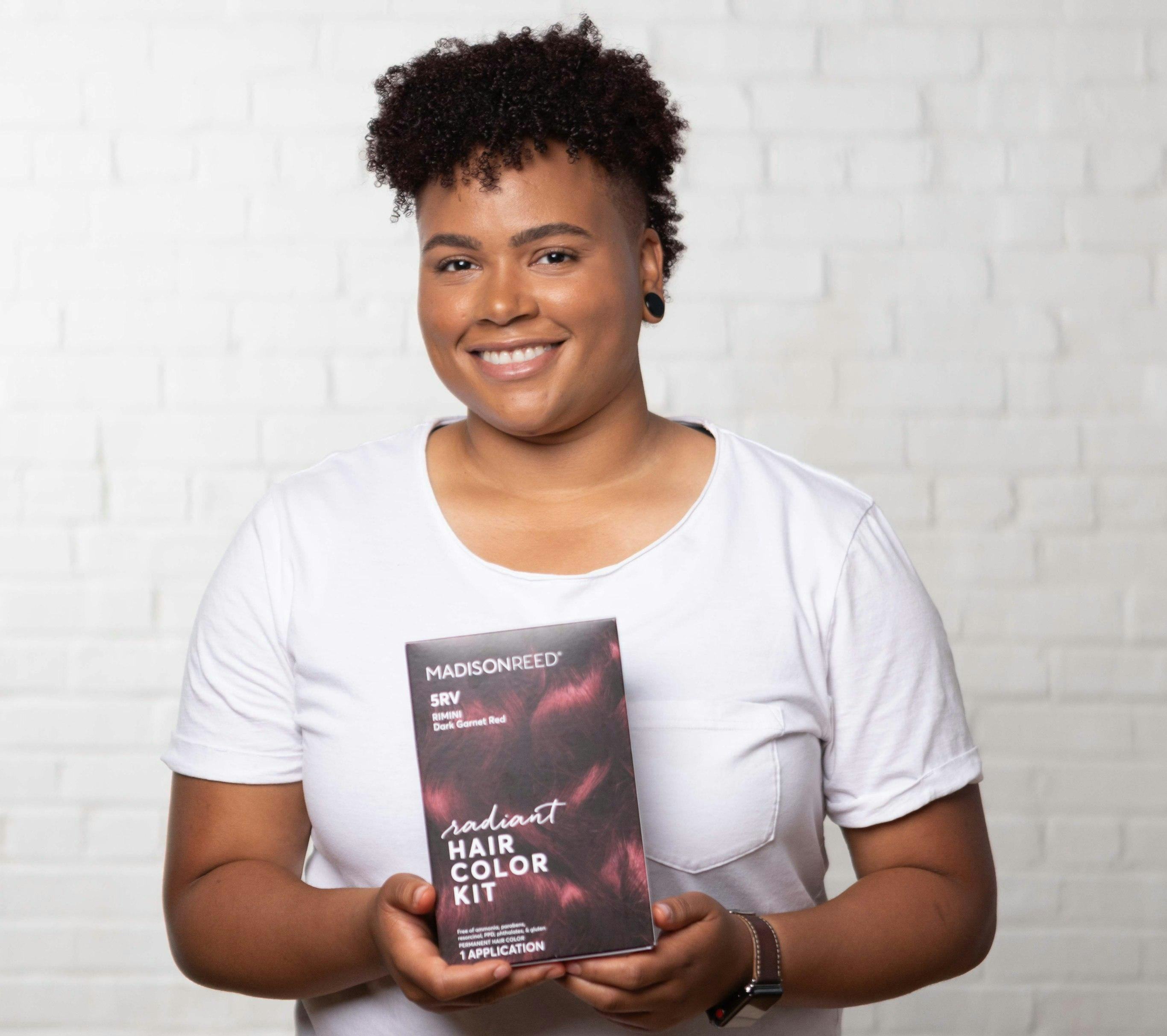
Image by Madison Reed
Anyone who has dyed their hair knows that once you start, it can be difficult to stop—whether you’ve fallen in love with the beautiful color and shine, or because your hair grows so fast you need to keep maintaining the color. (There’s actually somepsychologybehind expressing yourself through hair color.) But you may be “dye-ing” to know: is coloring your hair bad for it? Let’s break it down for you. Spoiler alert: it's not necessarily bad for your hair, and luckily there are ways to counteract any damage.
How Hair Dye Works
Knowing the basics ofhow hair dye worksand the fundamentals of your hair—such as the structure and behavior—can help you avoid any missteps. Essentially, permanent hair color works by penetrating the cuticle and then the cortex of the hair before ultimately bonding with the hair strand. Coloring too often or using the wrong hair dye product can alter your strands, resulting in lackluster color and a less than perfect result, which in turn could require more chemicals to fix the color. Instead, show your hair some love.
Choosing the Right Color
The good news is you don’t have to head to the salon to color your hair with care—you can dye your hair at home, saving you time and money, and it’s not as intimidating as it seems.Madison Reed Radiant Hair Color comes in more than 55 multi-dimensional shades, with keratin, ginseng root extract, and argan oil built into the formula to keep your hair looking healthy. It’s also free of ammonia, para-phenylenediamine (PPD), resorcinol, parabens, phthalates, sodium lauryl sulfate (SLS), gluten, and titanium dioxide. Not sure how to choose your shade? Take our Hair Color Quiz to find out and try our virtual try-on tool! You can also call or chat with our Color Crew or even book a free virtual Video Color Consultation with a licensed colorist.
The color of the dye and your natural hair color will significantly impact your outcome. If you’re going lighter, go gradually—because lighter hair can change your whole look. You may find that your makeup needs to be adjusted, or your brow color. You may even want to change up your wardrobe.
Dye with Care
If this is your first time coloring your hair and/or your hair currently has no color in it (this is "virgin" in hair speak and includes the color you were born with as well as gray hair), or if you are changing your color entirely, you can dye all of your hair, from the roots down through the mid-lengths and ends.
The key to dyeing with care is reading and following the instructions fully. If you're using our Radiant Hair Color, your kit will include step-by-step instructions and all the extras you need to color like a pro, including gloves, a cleansing wipe, barrier cream, and a protective cap for processing. You'll want to use a generous amount of barrier cream on your skin (be careful not to get any of the barrier cream on your hair, or the color won’t work on your hair). Apply the dye liberally to make sure you’re getting full coverage (saturation is key). Work from the front to the back of your head in sections, and let the color process according to the time indicated in the directions. Rinse, then wash with our Color Protecting Shampoo and Conditioner, included in your kit, and enjoy your healthy-looking, freshly colored hair.
If your hair is currently color treated and you just need a root touch up, do not pull the color through to the ends of your hair. Doing this repeatedly is how you get dull hair that may be darker than you want. Try our semi-permanentColor Reviving Gloss on the mid-lengths and ends instead. Color on roots plus gloss on the ends is a winning combination—and it’s how licensed colorists do your hair in a salon. We call it thePerfect Pair.
Can I Bleach My Hair Safely?
What you've heard is true-overuse of bleach can make strands more prone to breakage. However, by taking the proper steps, you can keep your hair looking its best if you do decide to go lighter using bleach.
If your hair has never been colored, you can use our bleach-free Radiant Hair Color at home to lift your existing hair color one to two levels lighter. Lighter colors like blonde and red can go two to three levels lighter. In both cases, the results will look natural and healthy. But the fact of the matter remains: if you're attempting to go from dark hair maven to blonde beauty, you're going to need bleach.
If bleaching is the direction you’re headed, take it slow. Work your way up through different levels of blonde with enough time, ideally a few months, in between each bleaching. You’ll also want to maintain a regular dyeing schedule, and one that's not too aggressive.
Care is needed when using bleach, but it’s not impossible to pull off, as long as you are nourishing your hair every step of the way with hair masks, conditioning, and more. Madison Reed Color Therapy hair masks tone and enhance color while adding intense hydration. You’ll enjoy smooth, hydrated hair with a serious color boost, and you may even be able to go longer between coloring treatments in the future.
How to Dye Your Hair and Keep it Looking Healthy
Be aware that the more you color your hair, the more the hair strands are permanently altered, especially if you’re trying to go lighter. You can counteract any possible damage by nourishing your hair at every step: start with ammonia-free hair color, use a color protecting shampoo and conditioner, add Bond Building Cleansing Treatment (formulated specifically for highlighted hair), and finish with a hair gloss to help maintain color and shine.
The Long and Short of It
You can keep your hair looking and feeling healthy, and minimize any potential damage to your hair, if you take the proper steps to use superior products to protect your hair. If you need an extra hand, call or chat with our Color Crew. You can even book a complimentary virtual Video Color Consultation. Or let our licensed colorists do it all for you at a Madison Reed Hair Color Bar.
Looking for inspiration? Check out our hair color ideas page.
Find Your Perfect Shade
Take our 2 minute quiz to get your colorist-approved hair color match!
Take the quizGet Free Shipping
Plus exclusive promotions, hair tips and info about events near me when you subscribe!

